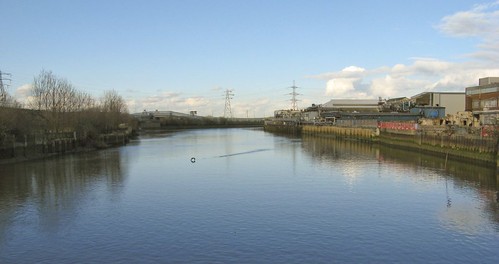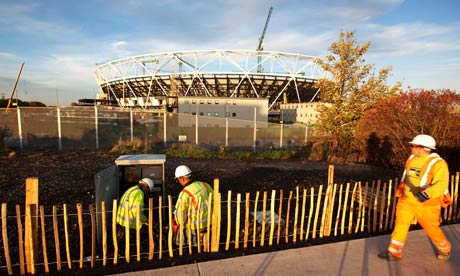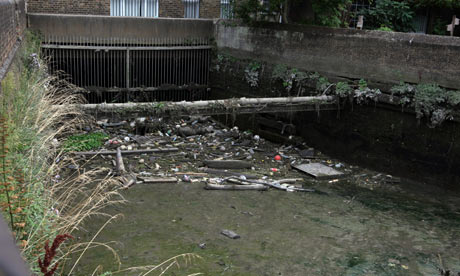Open House London Walking Tour: September 22
Beyond the Olympic Park – the Lower Lea Valley from Hackney Wick to Leamouth
I’ve teamed up with Ralph Ward, a former regeneration advisory for the Olympics and Thames Gateway, to organize a walking tour of the Lea Valley on September 22 during the Open House London weekend. Between my study of the environmental and social history of the Lower Lea Valley and West Ham through to the early twentieth century and Ralph’s wealth of knowledge derived from working in the region during its recent transformation, we’ll provide a broad overview of the the Lower Lea’s history. If you read my recent post on the history of the region, you’ll see that I believe the history needs to be taken into account as a part of the Olympic legacy.



